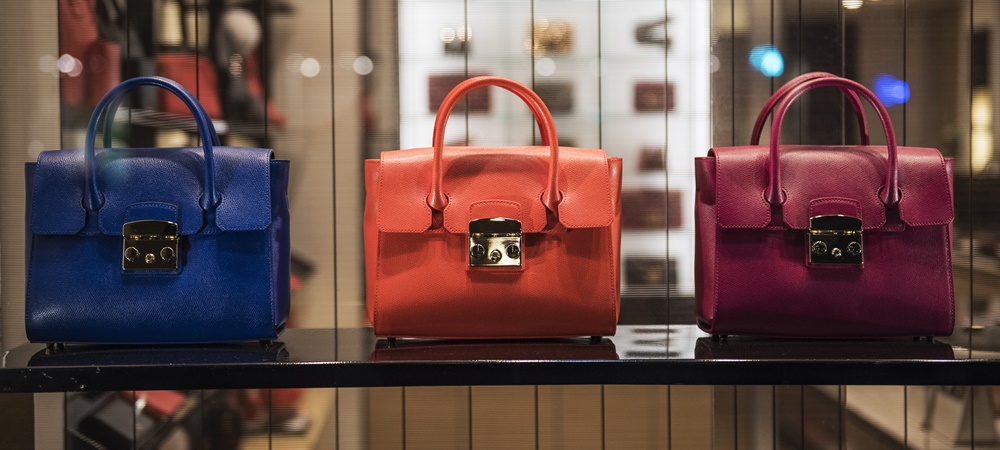While many retailers are struggling to stay afloat, Australian luxury retailers haven’t been as strongly impacted by the threat from e-commerce and negative consumer sentiment.
According to research by IBISWorld, the luxury retailing industry has grown at a rapid pace over the past five years, with revenue expected to grow at an annualised 10.2 per cent over the five years through 2017-18, to $2.1 billion.
“This growth has largely been driven by inbound tourism, particularly from Asian tourists,” said senior analyst, Kim Do.
“IBISWorld anticipates that in 2017-18, approximately 30 per cent of industry revenue will come from inbound tourists, especially from the rising middle class markets in Asia, such as China. This demographic has been one of the key markets for the industry, helping it to weather the effects of widespread economic uncertainty.”
Luxury retail sales from local customers have also increased over the past five years said Do, due to market polarisation, luxury goods being bought as investment pieces, and a shift in the market towards younger consumers.
“Polarisation in the retail market involves consumers buying the majority of their clothes and accessories from the fast fashion segment and then complementing this with pieces from the luxury high-end market.
“This has been particularly prevalent for items such as handbags, jewellery, belts and other accessories, which have grown as a share of industry revenue over the past five years.
“Polarisation has also gained momentum as an increasing number of consumers have viewed luxury items as investment pieces. This is due to the ability of these items to remain fashionable and last a lifetime, along with possibly even increasing in value.”
While the typical buyer used to be a middle-aged shopper with money to burn, today younger consumers have become more interested in high-end fashion as they are more exposed to celebrity lifestyles and luxury items through social media. As a result, many luxury retailers have changed their product ranges and marketing strategies to attract younger consumers.
This story was originally published by Giftguide.
Sign up to the RetailBiz newsletter.

